I have to admit, dear readers, that DIRECTV equipment is extraordinarily well-built. In fact, it’s built better than I really expected. If I had any idea how long DIRECTV boxes would last, I would probably not have gotten rid of the dozen or so boxes I had during the late 2000s and early 2010s. Those boxes went to other people who were glad to have them, and it’s possible they’re still being used today.
Why can’t you just use all DIRECTV boxes ever made?
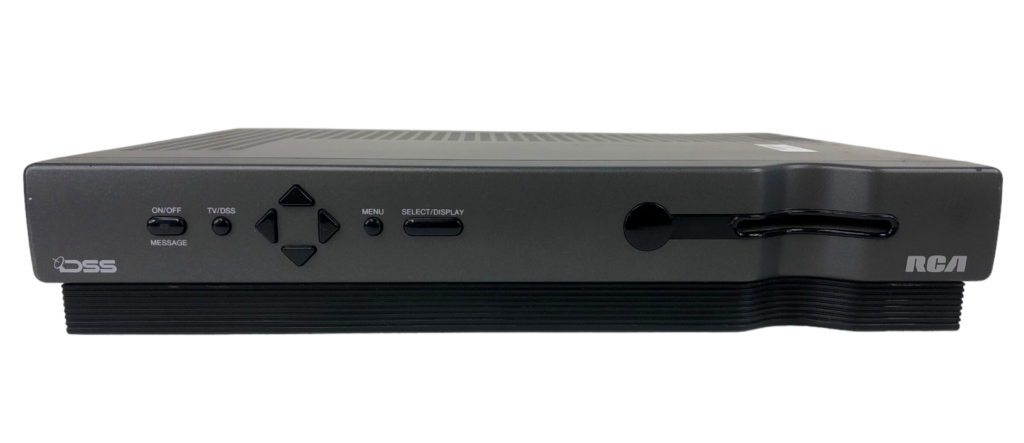
What you see above is one of the very first DIRECTV receivers, the RCA DRD102. I wasn’t able to find its dimensions in a quick search, but I remember it being about the size of a large pizza box. It’s a museum piece now. You can’t use it at all on DIRECTV’s current satellite system.
There are two critical dates to consider when it comes to DIRECTV boxes. The first is 2003. In 2003, DIRECTV started rolling out the first version of what they called its Advanced Program Guide (APG.) This is essentially the system we use today, although it’s obviously evolved somewhat in 21 years. If your receiver doesn’t have the APG, it can’t be used today because the older guide (called MPG) has been retired.
The easiest way to know if you have an APG receiver is if it has other manufacturer logos on it. Starting in 2003, DIRECTV standardized all manufacturing of its receivers and even though companies like RCA/Thomson, Hughes, and Samsung continued to make receivers, they could no longer put their product logos on the front.
And then there’s 2016
The other date to consider is 2016. After 2016, DIRECTV no longer allowed new activation of any standard definition receiver. If you have one, it will still technically work even today, but it may not receive all the channels you want. DIRECTV has been moving away from standard definition at a snail’s pace for the last eight years. At this rate they may finally phase it out by 2030, but don’t quote me on that.
If your DIRECTV box doesn’t have an HDMI port, you can’t activate it. Period.
A couple of other considerations
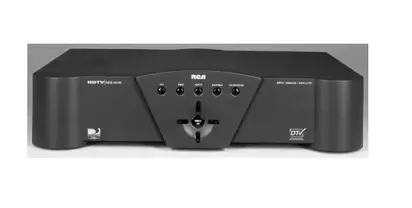
There are a few DIRECTV boxes from the early 2000s that actually meet all those criteria -— they are capable of putting out HD signals and they support MPG — but they still won’t work because they don’t support the current way that DIRECTV encodes those channels. But it’s a very small number of boxes. Not all of them look like old Xboxes, but the one above does.
Here’s the bottom line:
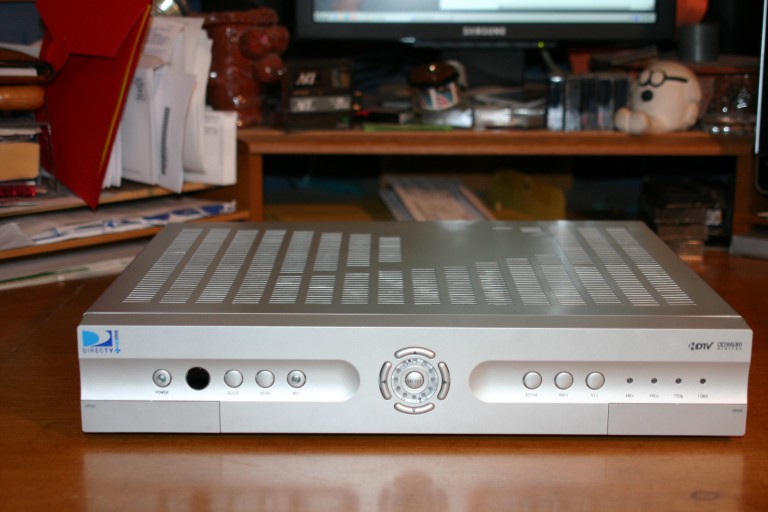
The earliest model that DIRECTV still supports is the HR20 DVR. This box was rolled out in 2006 and is the predecessor of every DIRECTV box that has rolled out since.
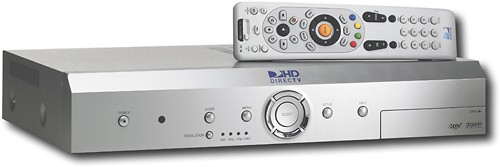
There’s also DIRECTV’s H20 receiver, rolled out at close to the same time. It has the same functions as the HR20 without recording capability.
I said you could… I didn’t say you should
It is technically possible to activate these receivers on a DIRECTV account. In a lot of cases it’s not easy, because DIRECTV doesn’t want you to do it. But with enough work it can be done. Still, I hope you don’t do it. I hope you choose something a little newer.
Obviously, computers have gotten a lot more powerful since the days when the H20 and HR20 ruled the world. The same is true with computerized devices like these. The processors in these DIRECTV boxes may have been the top of the line in 2006. Like a 2006 pickup truck they still work, and still do the job somewhat reliably. But they’re doing to be very, very, very slow. Like that 2006 truck, they’ll also lack features that you take for granted today.
Capacitor failure
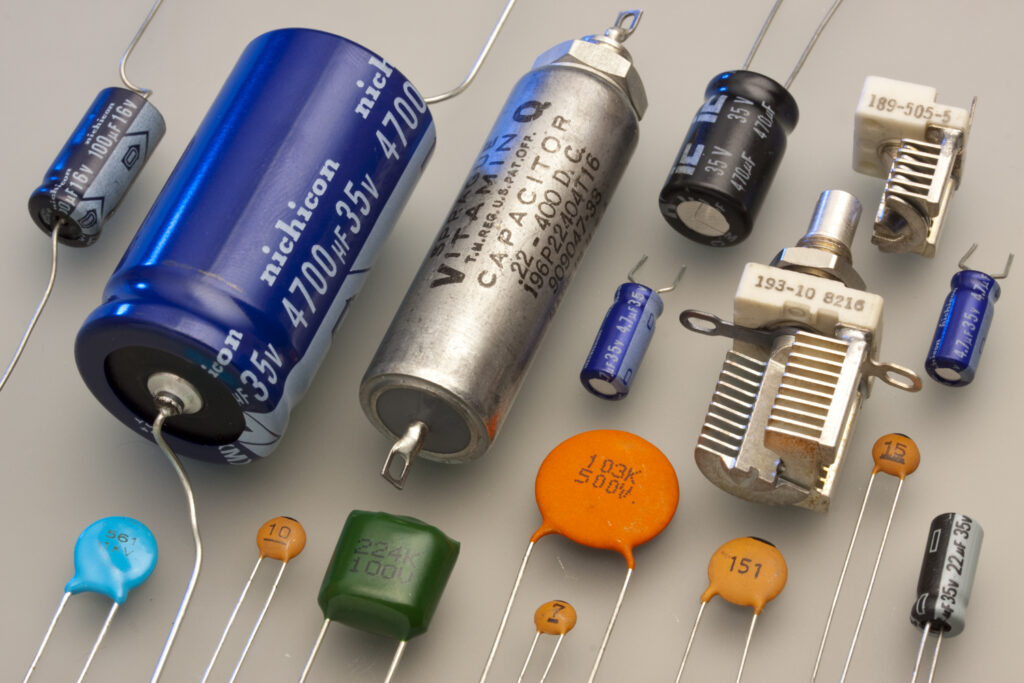
The other thing to consider is that these now-18-year-old devices might not have aged super well. DIRECTV moved away from having internal power supplies in 2011 and there’s a reason. There’s a component in a power supply called a capacitor. Similar to a battery, it takes in power and then releases it slowly as needed. Capacitors have a tendency to age badly, especially ones made before 2010 or so. If you do have an older DIRECTV box with an internal power supply, I’d urge you to open it up and look at the area around where the power connector is. You’ll find capacitors similar to what you see above.

Look closely to see if the tops of the capacitors are bulging at all. In a worst case scenario the sides may even bulge outward. This is a sign that they are close to failure. When a capacitor fails, it leaks fluid all over the circuit board, often shorting out key components.
Capacitor failure is a big problem with devices that use AC power, especially as they get close to 20 years old. Unfortunately early HR20 and H20 receivers tended to get blown capacitors within the first year, because they ran so hot.
If you are proficient at soldering, you can replace failed or failing capacitors on an old device. Vintage computer collectors do this all the time. I still don’t recommend that you use these old DIRECTV boxes, but if you do, you’ll definitely want to check for capacitors that are about to go.
Why not upgrade to the latest and greatest?
Friends, if you’re looking for the best DIRECTV experience, why not upgrade to the latest hardware? As reliable as those old boxes are, they’re still not new, and they don’t have the latest features, the most storage, or the fastest response. You’re much better off upgrading. The folks at Solid Signal can help you get completely up-to-date for less than you thought possible. Call us at 888-233-7563 during East Coast business hours or fill out the form below.





